Japan death toll rises, engineers try to cool reactors
Police in Japan say 15,000 people may have been killed in a single prefecture, Miyagi, by the huge quake and tsunami which struck nine days ago.
Sunday, 20.03.2011.
11:20

Police in Japan say 15,000 people may have been killed in a single prefecture, Miyagi, by the huge quake and tsunami which struck nine days ago. The announcement came as the official death toll rose to 8,133, with 12,272 people missing. Japan death toll rises, engineers try to cool reactors Elsewhere, as many as 400,000 people are living in basic temporary shelters in the cold with little food. Attempts continue to cool the damaged and overheating reactors at the Fukushima Daiichi nuclear power plant. Engineers are still working to restore power supplies to the plant's cooling systems, which were knocked out by the tsunami. But even when they do, there is no guarantee the cooling systems in the plant will work, BBC reported. At reactor 3, pressure was reported to be rising again - suggesting it may have to be vented, a procedure which leads to the escape of radioactive material within the escaping steam. Experts say that an improvised spraying operation using fire trucks may have to continue for months. Engineers try to cool reactors at Fukushima nuclear power plant (FoNet) Homeless The new figure of a possible 15,000 dead comes from police in the worst-hit Miyagi prefecture, and does not include the thousands more dead and missing in areas to the north and south. It is looking increasingly clear that the death toll will top 20,000 people at least, BBC reports. The disaster dwarfs anything Japan has seen since World War II and people are beginning to talk of the disaster in similar terms. The authorities have begun building temporary homes for some of the hundreds of thousands of people - including an estimated 100,000 children - still sheltering at emergency evacuation centers. Many survivors have been enduring freezing temperatures without water, electricity, fuel or enough food. The destruction of the mobile phone network means people are queuing for hours to make their allocated phone call of one minute. And crippling fuel shortages mean long queues at some petrol stations. Meanwhile, at the stricken Fukushima nuclear plant, firefighters have continued to spray water at the dangerously overheated reactors and fuel rods, in a desperate attempt to avert a meltdown. Engineers hope that restoring power will allow them to restart pumps to continue the cooling process, and have attached power lines to reactors 1 and 2, but it is unclear when they will attempt to turn the power back on. Amid reports of rising pressure at reactor 3, Japan's nuclear safety agency said radioactive gas might have to be vented to prevent a dangerous build-up. But Kyodo news agency quoted Tokyo Electric Power Co as saying that previously overheated spent-fuel storage pools at reactors 5 and 6 had been cooled by Sunday morning. On Friday officials raised the alert level at the plant from four to five on a seven-point international scale of atomic incidents. The crisis, previously rated as a local problem, is now regarded as having "wider consequences". Food ban mulled Radiation levels have risen in the capital Tokyo, 240 kilometers to the south, but officials say the levels recorded are not harmful. Radioactive contamination has been found in some food products from the Fukushima prefecture, Japanese officials say. The iodine was found in milk and spinach tested between 16 and 18 March and could be harmful to human health if ingested, the officials said. International nuclear experts at the IAEA say that, although radioactive iodine has a short half-life of about eight days, there is a short-term risk to human health if it is ingested, and it can cause damage to the thyroid. On Sunday, chief cabinet secretary Yukio Edano said the government would decide by Monday whether to restrict consumption and shipments of food products from the area in the vicinity of the Fukushima plant. Traces of radioactive iodine have also been found in tap water in Tokyo and five other prefectures, officials said on Saturday. The traces are within government safety limits, but tests usually show no iodine. Meanwhile, radiation has been detected for the first time in Japanese exports, with Taiwanese officials finding contamination in a batch of fava beans, although they say the amount is too small to be dangerous to humans.
Japan death toll rises, engineers try to cool reactors
Elsewhere, as many as 400,000 people are living in basic temporary shelters in the cold with little food.Attempts continue to cool the damaged and overheating reactors at the Fukushima Daiichi nuclear power plant.
Engineers are still working to restore power supplies to the plant's cooling systems, which were knocked out by the tsunami.
But even when they do, there is no guarantee the cooling systems in the plant will work, BBC reported.
At reactor 3, pressure was reported to be rising again - suggesting it may have to be vented, a procedure which leads to the escape of radioactive material within the escaping steam.
Experts say that an improvised spraying operation using fire trucks may have to continue for months.
Homeless
The new figure of a possible 15,000 dead comes from police in the worst-hit Miyagi prefecture, and does not include the thousands more dead and missing in areas to the north and south.It is looking increasingly clear that the death toll will top 20,000 people at least, BBC reports.
The disaster dwarfs anything Japan has seen since World War II and people are beginning to talk of the disaster in similar terms.
The authorities have begun building temporary homes for some of the hundreds of thousands of people - including an estimated 100,000 children - still sheltering at emergency evacuation centers.
Many survivors have been enduring freezing temperatures without water, electricity, fuel or enough food.
The destruction of the mobile phone network means people are queuing for hours to make their allocated phone call of one minute.
And crippling fuel shortages mean long queues at some petrol stations.
Meanwhile, at the stricken Fukushima nuclear plant, firefighters have continued to spray water at the dangerously overheated reactors and fuel rods, in a desperate attempt to avert a meltdown.
Engineers hope that restoring power will allow them to restart pumps to continue the cooling process, and have attached power lines to reactors 1 and 2, but it is unclear when they will attempt to turn the power back on.
Amid reports of rising pressure at reactor 3, Japan's nuclear safety agency said radioactive gas might have to be vented to prevent a dangerous build-up.
But Kyodo news agency quoted Tokyo Electric Power Co as saying that previously overheated spent-fuel storage pools at reactors 5 and 6 had been cooled by Sunday morning.
On Friday officials raised the alert level at the plant from four to five on a seven-point international scale of atomic incidents.
The crisis, previously rated as a local problem, is now regarded as having "wider consequences".
Food ban mulled
Radiation levels have risen in the capital Tokyo, 240 kilometers to the south, but officials say the levels recorded are not harmful.Radioactive contamination has been found in some food products from the Fukushima prefecture, Japanese officials say.
The iodine was found in milk and spinach tested between 16 and 18 March and could be harmful to human health if ingested, the officials said.
International nuclear experts at the IAEA say that, although radioactive iodine has a short half-life of about eight days, there is a short-term risk to human health if it is ingested, and it can cause damage to the thyroid.
On Sunday, chief cabinet secretary Yukio Edano said the government would decide by Monday whether to restrict consumption and shipments of food products from the area in the vicinity of the Fukushima plant.
Traces of radioactive iodine have also been found in tap water in Tokyo and five other prefectures, officials said on Saturday.
The traces are within government safety limits, but tests usually show no iodine.
Meanwhile, radiation has been detected for the first time in Japanese exports, with Taiwanese officials finding contamination in a batch of fava beans, although they say the amount is too small to be dangerous to humans.



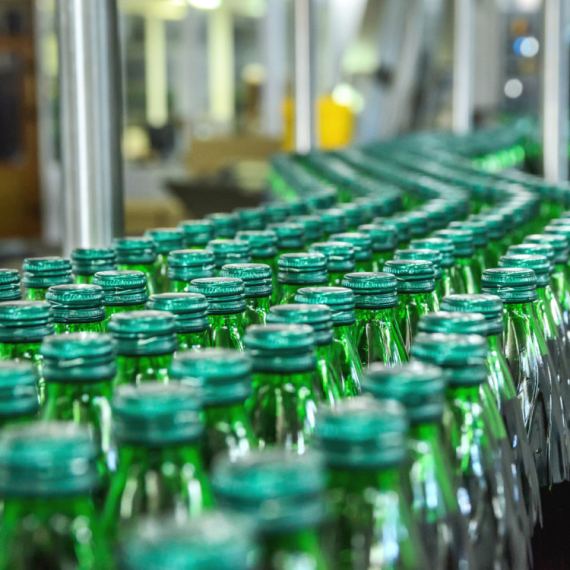

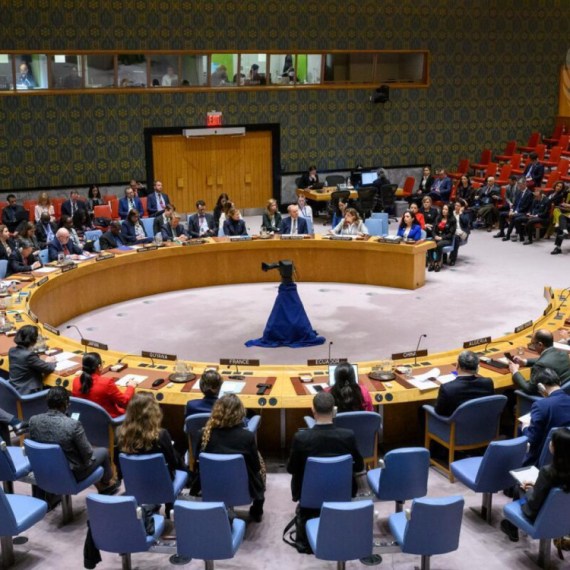









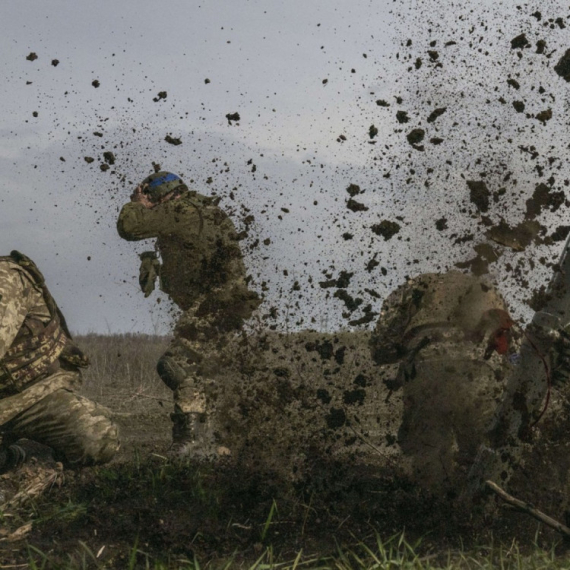
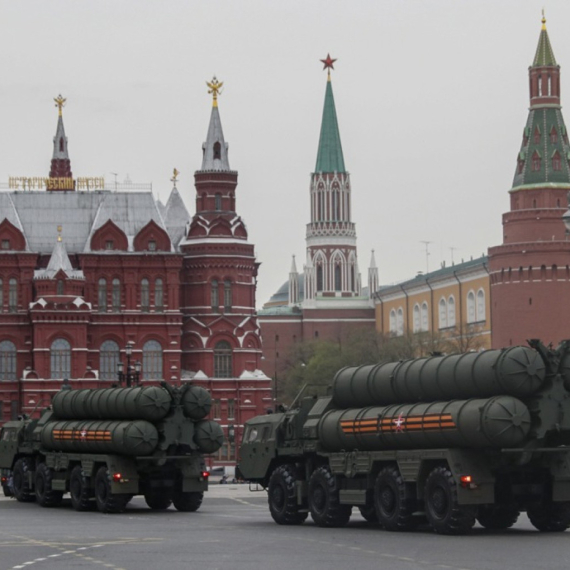
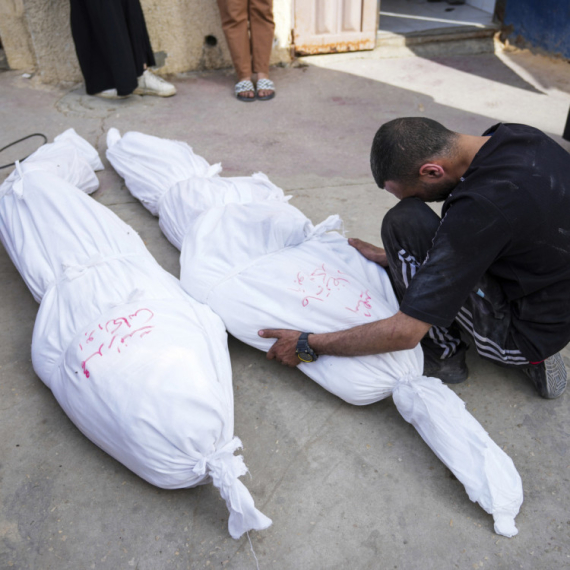
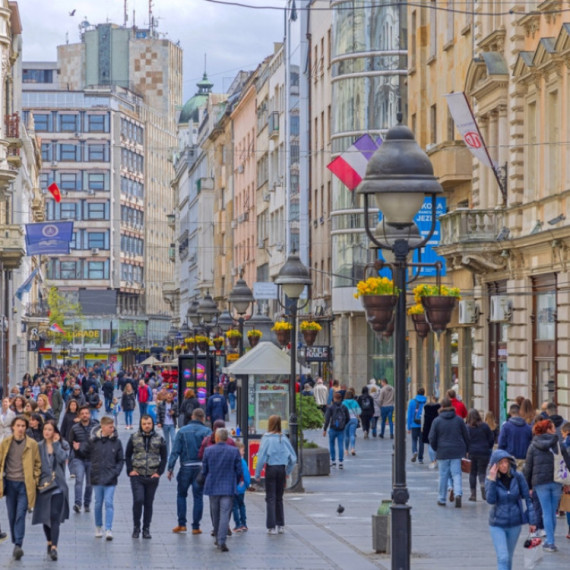

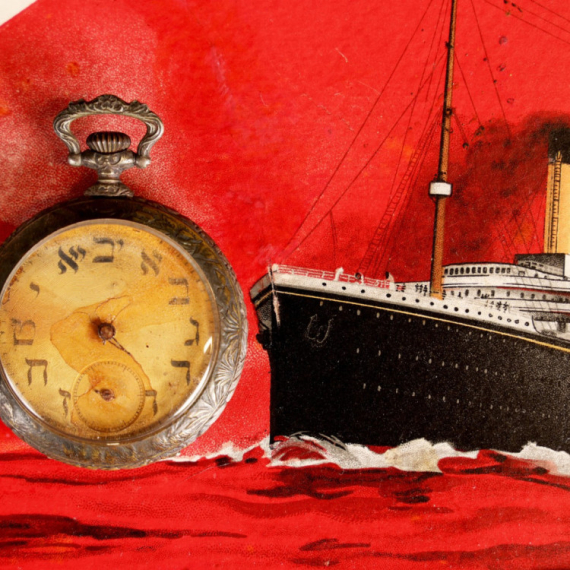





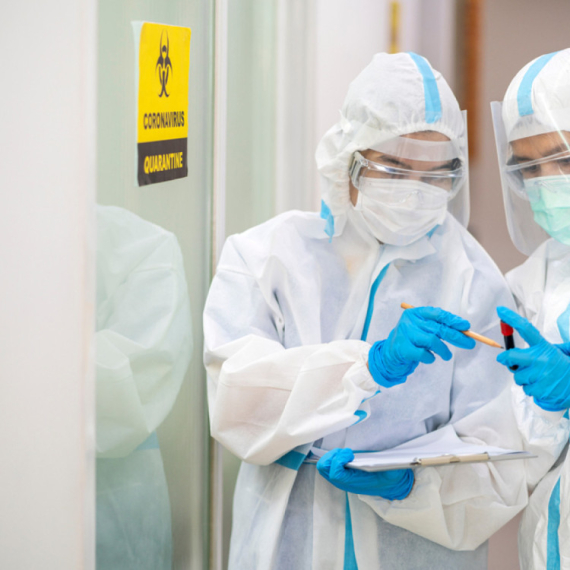






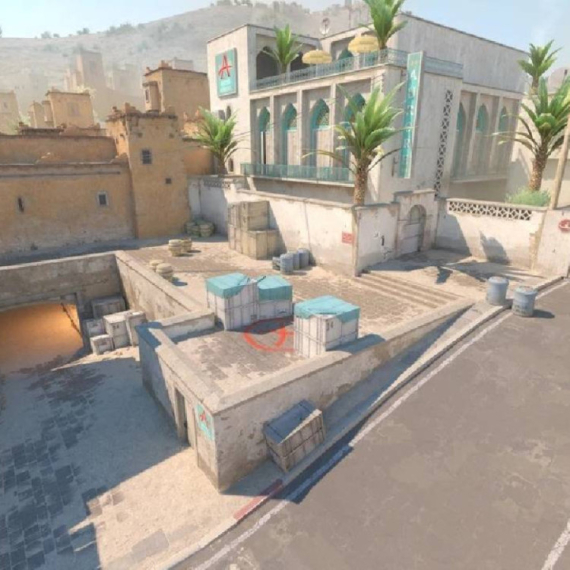




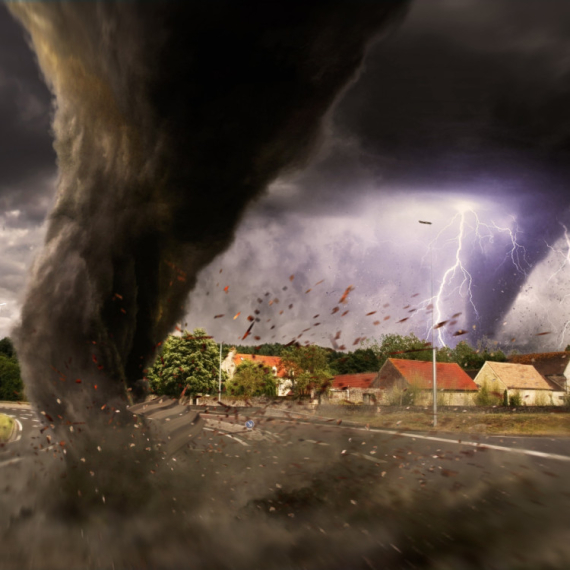
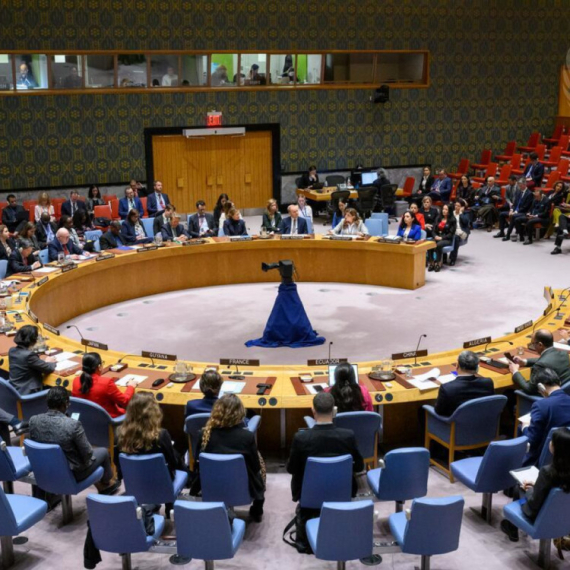


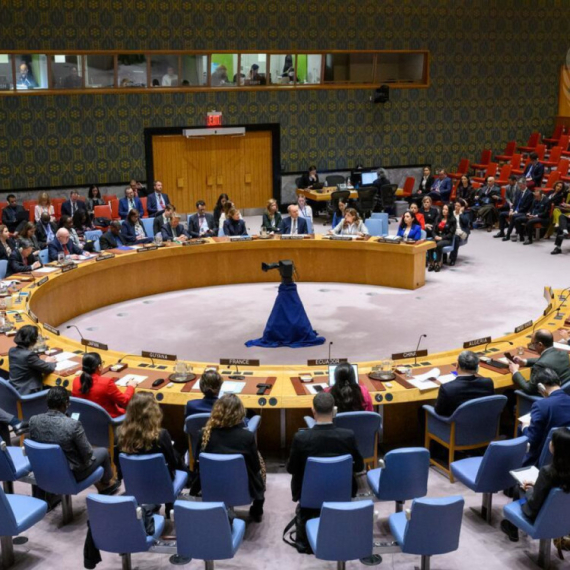








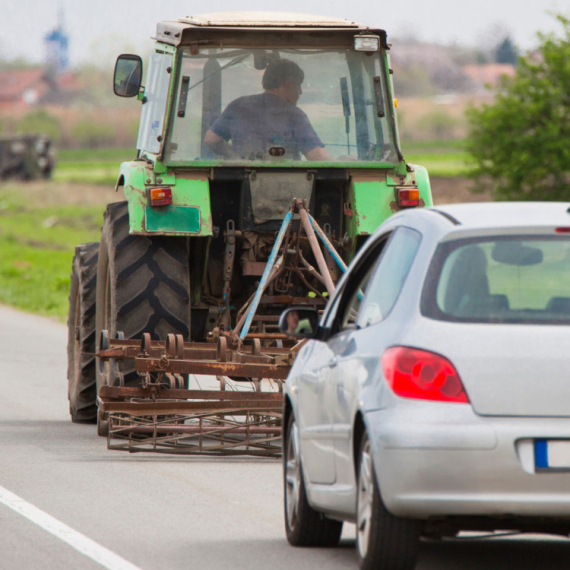




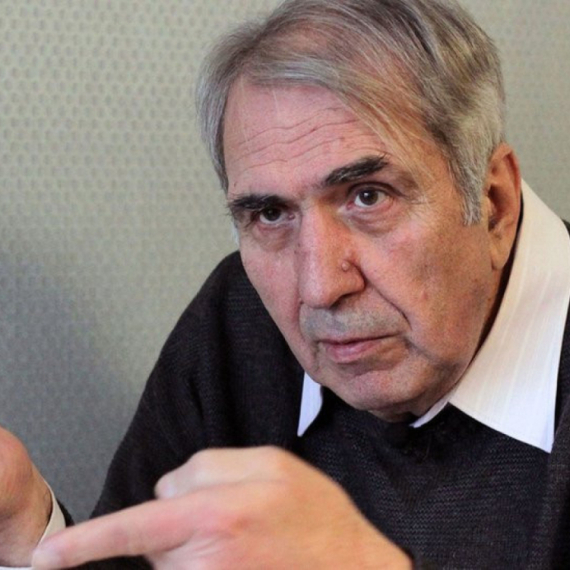
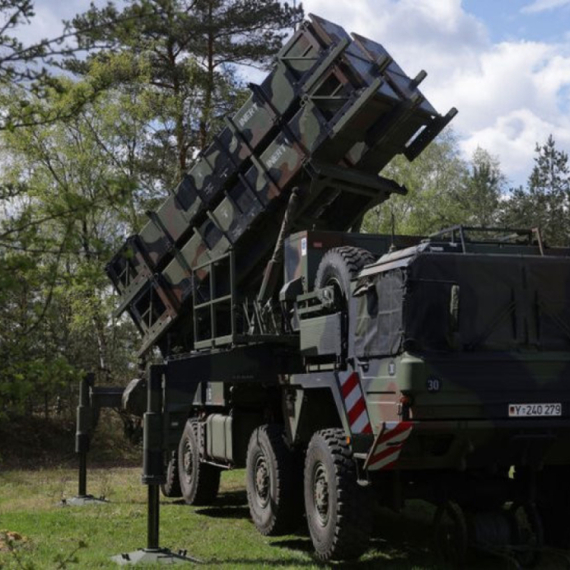

Komentari 0